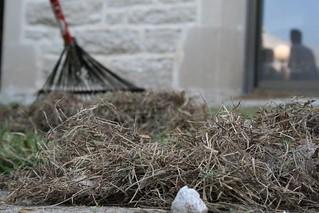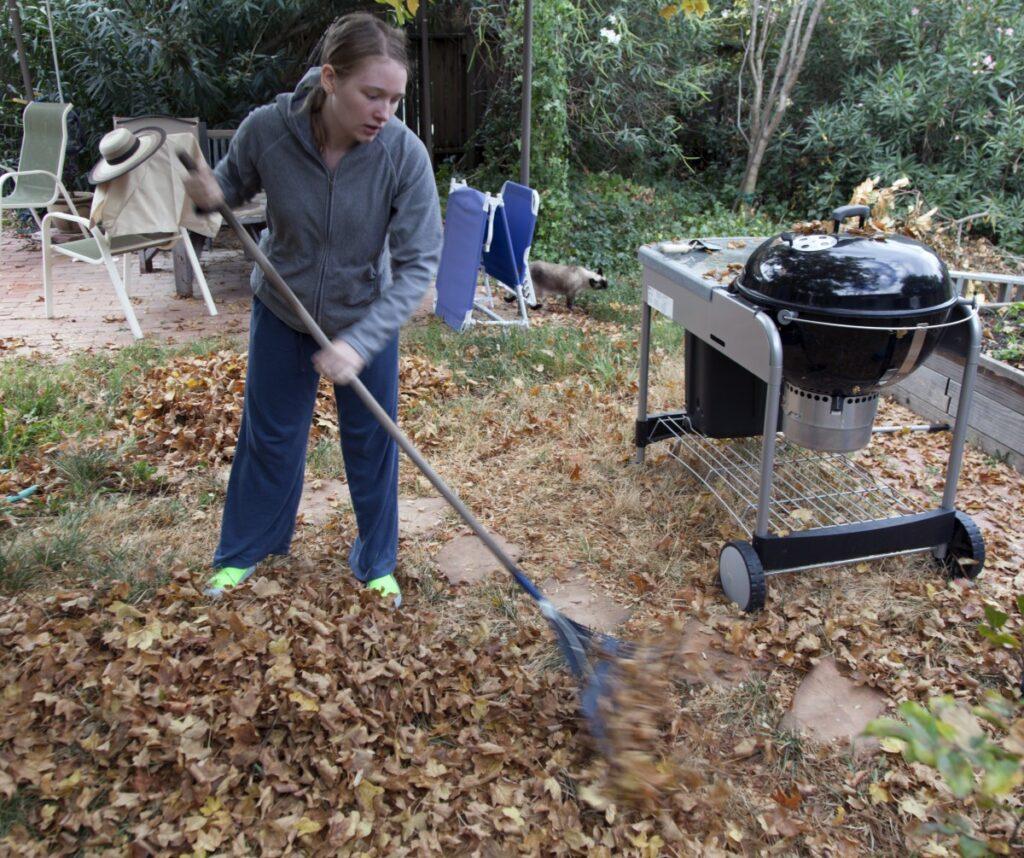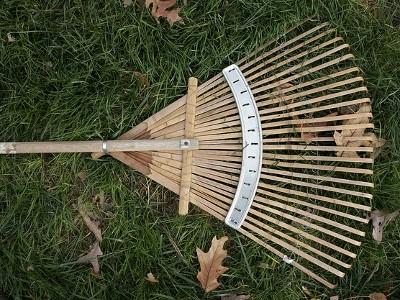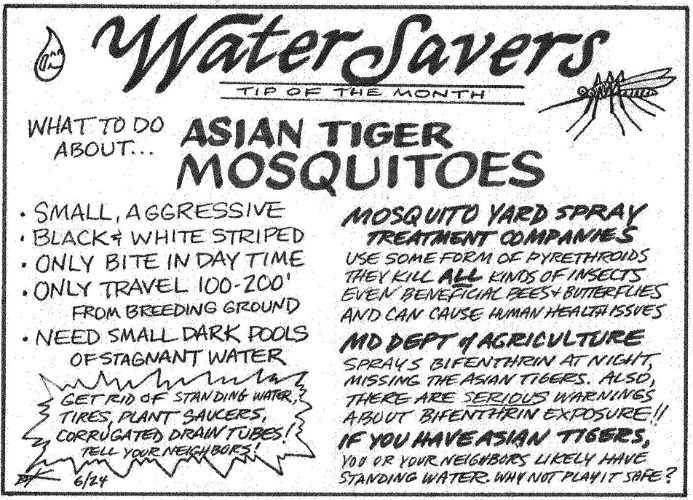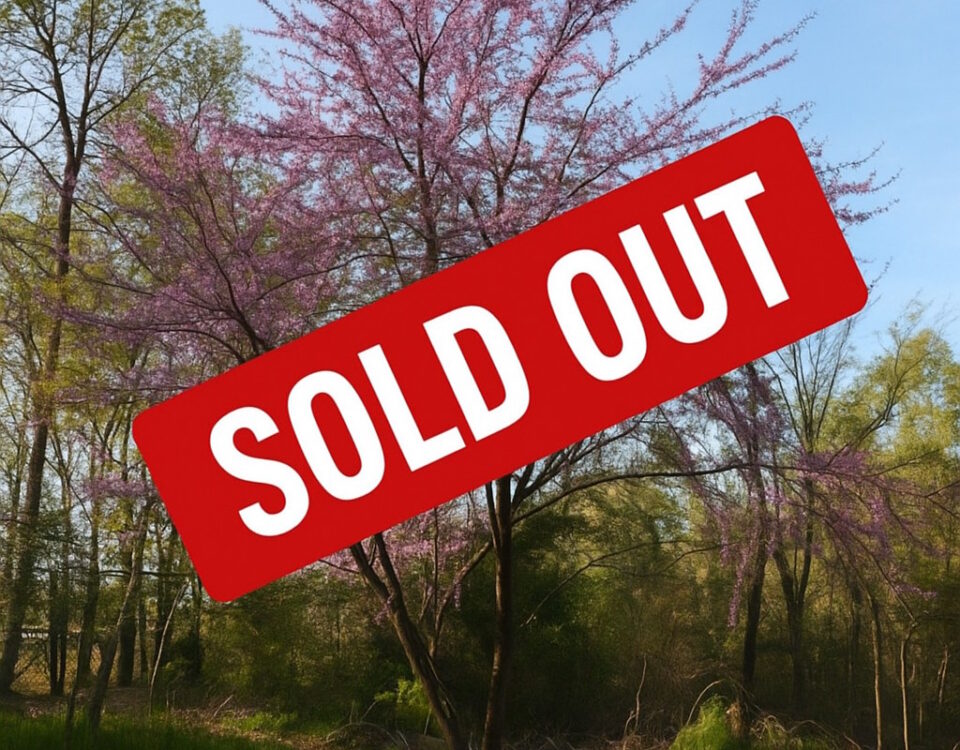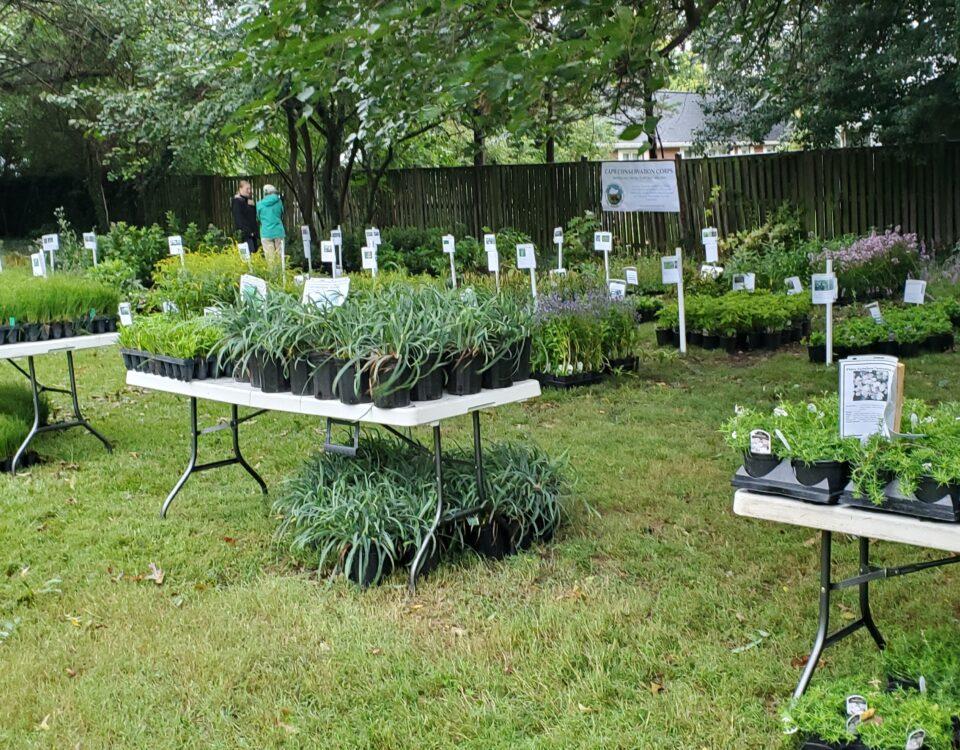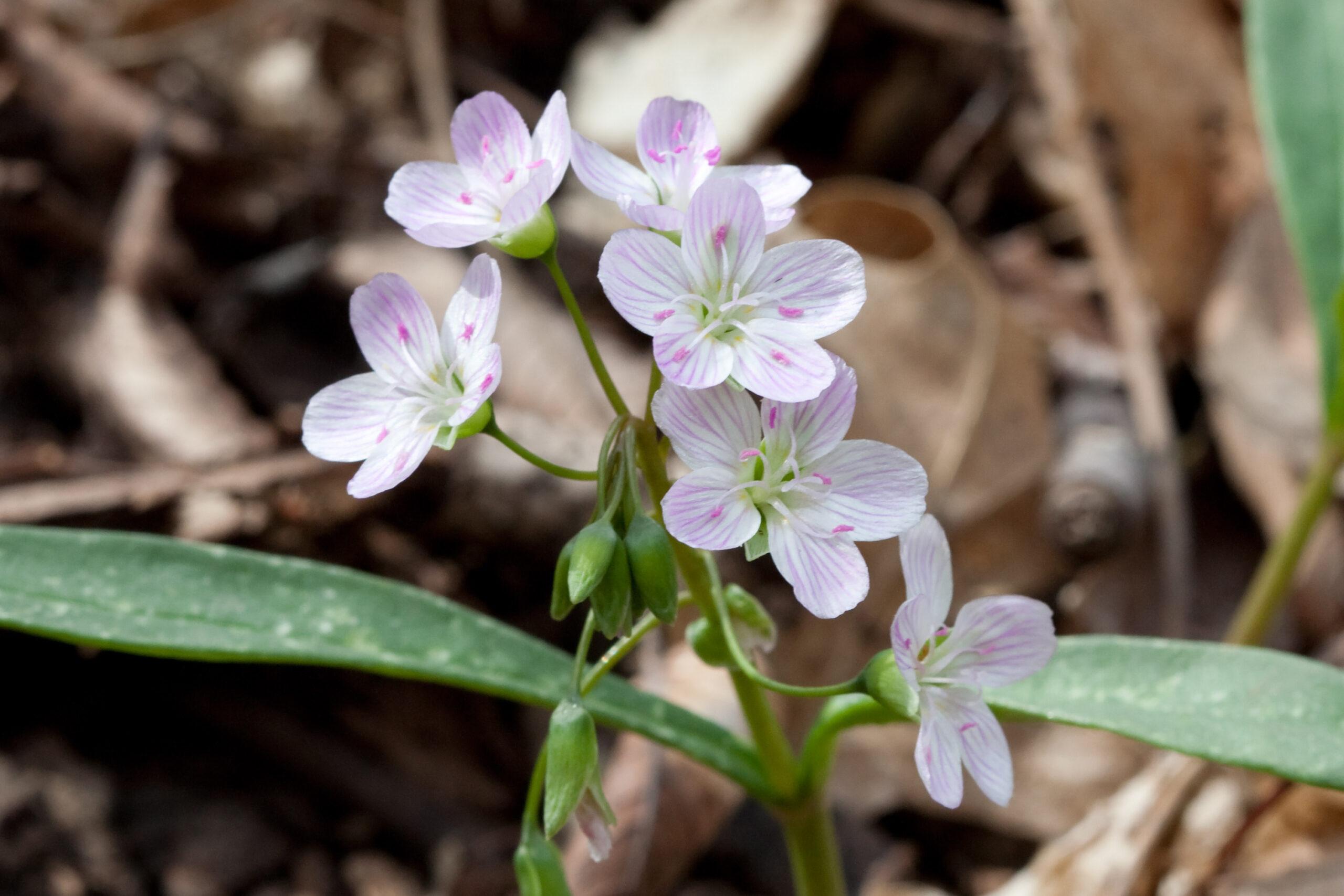
Pruning Tips
March 21, 2023
Honey, I Killed the Lawn
April 15, 2023By: Stacey Wildberger
Resist the urge to clean up the garden this spring. Those stems we left standing last fall, the ones with the seed heads for the birds, they are housing insects in there that aren’t ready to come out and if you start chopping them down now you will risk destroying the pollinators you were trying to protect. If you must trim back the stems leave at least 12-18’ standing. The new growth will cover the stems left and eventually they will break down. Instead of bagging the stems you have cut down you can lay them loosely around the garden, stand them up in an out of the corner or spread them loosely on the compost heap without mashing them down. This will give the bees a few more weeks to emerge. The hollowed stems will make great natural nesting cavities for the bees as well.
The same goes for the leaves we left laying in the garden. There are still butterflies, moths, bees and other insects completing their life cycle in there. As long as they aren’t piled up too thickly, they can remain in the garden as natural mulch. You may have to turn a blind eye to “the mess” but it is time to “re-think pretty” (author Benjamin Vogt) and consider who we are gardening for. The leaves will decompose and enrich the soil, promoting plant growth the way Mother Nature intended. By removing the leaves and stems you are removing a valuable food source for the birds- insects make up a large part of their diet.
So, what can you do as the weather warms up and you are itching to get outside? Take a walk-a-bout in your own yard. Check for dead or fallen tree limbs and remove them. Use them to start a brush pile that will serve as valuable habitat for many critters. Clean up any trash or waste that may have been blown around and into your yard. Check for signs of spring. What early spring ephemerals are emerging from their long winter’s nap? Virginia bluebells? Trilliums? Golden ragwort, mayapples and wild ginger are all showing signs of emerging in my yard this week. Check for buds and blossoms on the shrubs and trees. The serviceberry and eastern red buds as well as native cherries should be beginning to bloom!
The beauty in your yard comes from the life it is supporting and if we act too soon, we will destroy the very life we are waiting to see. While you stroll in your yard, do it mindfully, with purpose to immerse yourself in the beauty around you. Hear it in the birdsong, smell it in the crisp air, feel the warmth on your face and look around for the emerging pollinators and be proud that you helped to create a safe environment for them to come out in, raise the next generation and complete their life cycle right in your backyard. Protect the insects and you will be rewarded with butterflies and birds in your yard!


